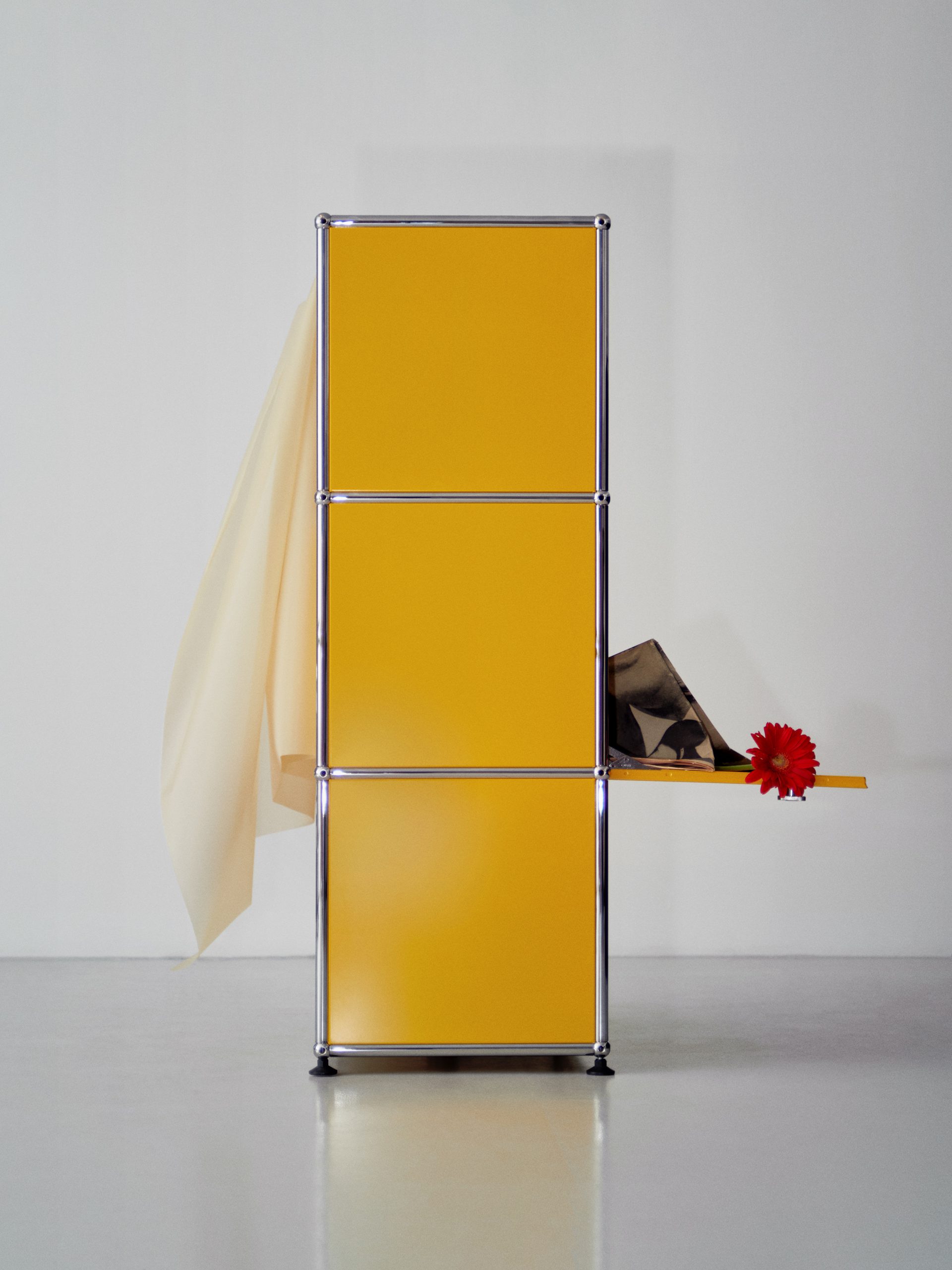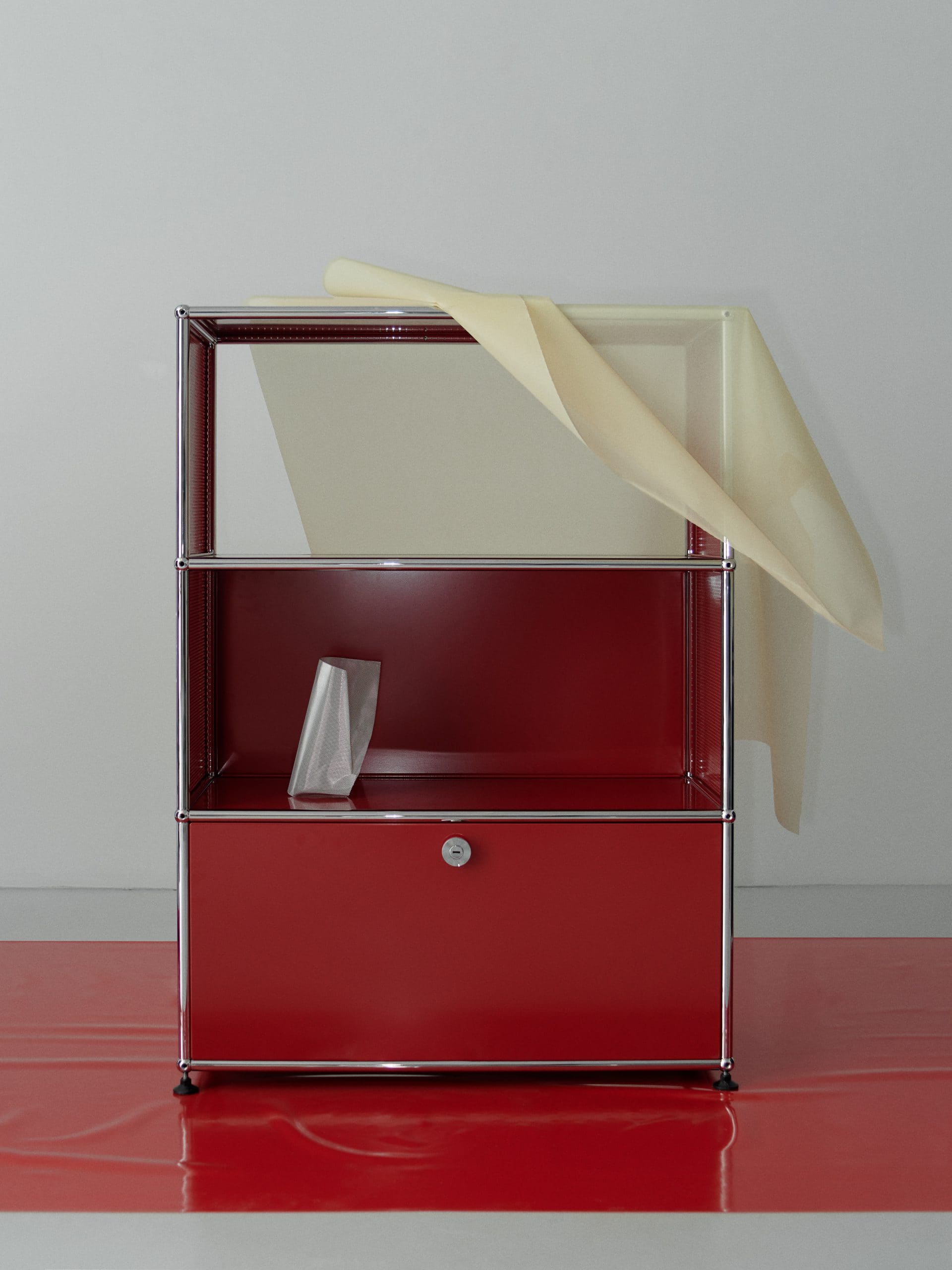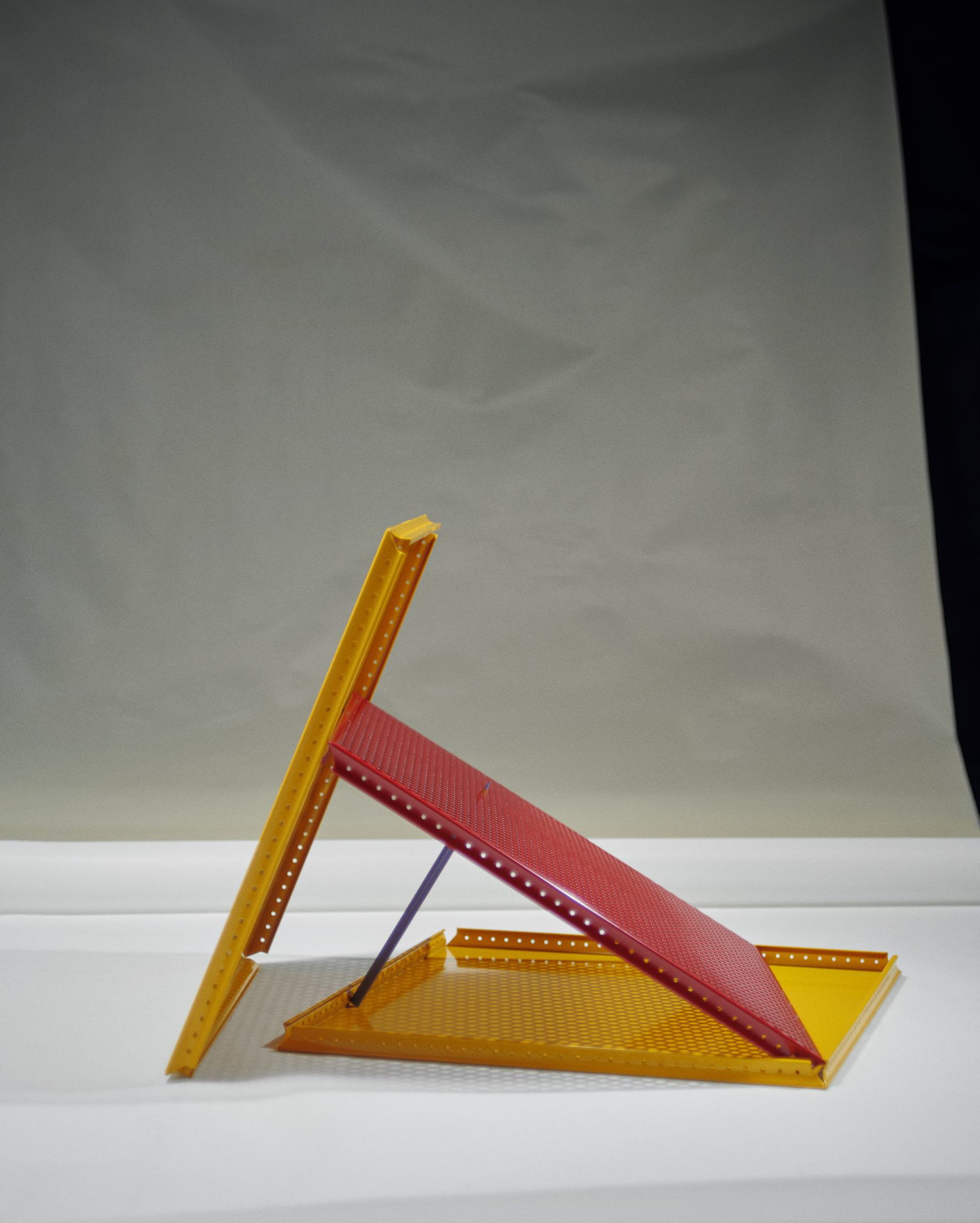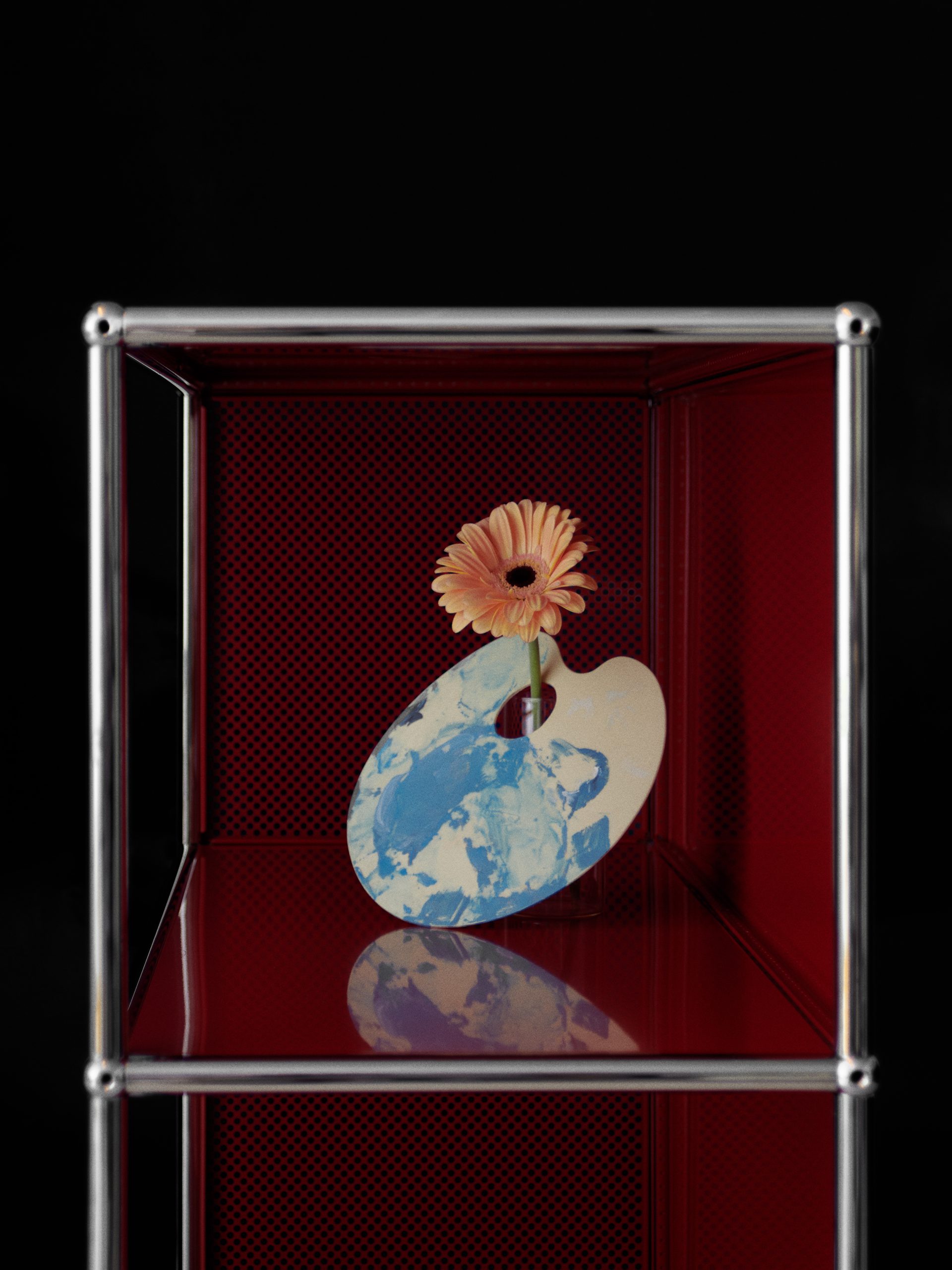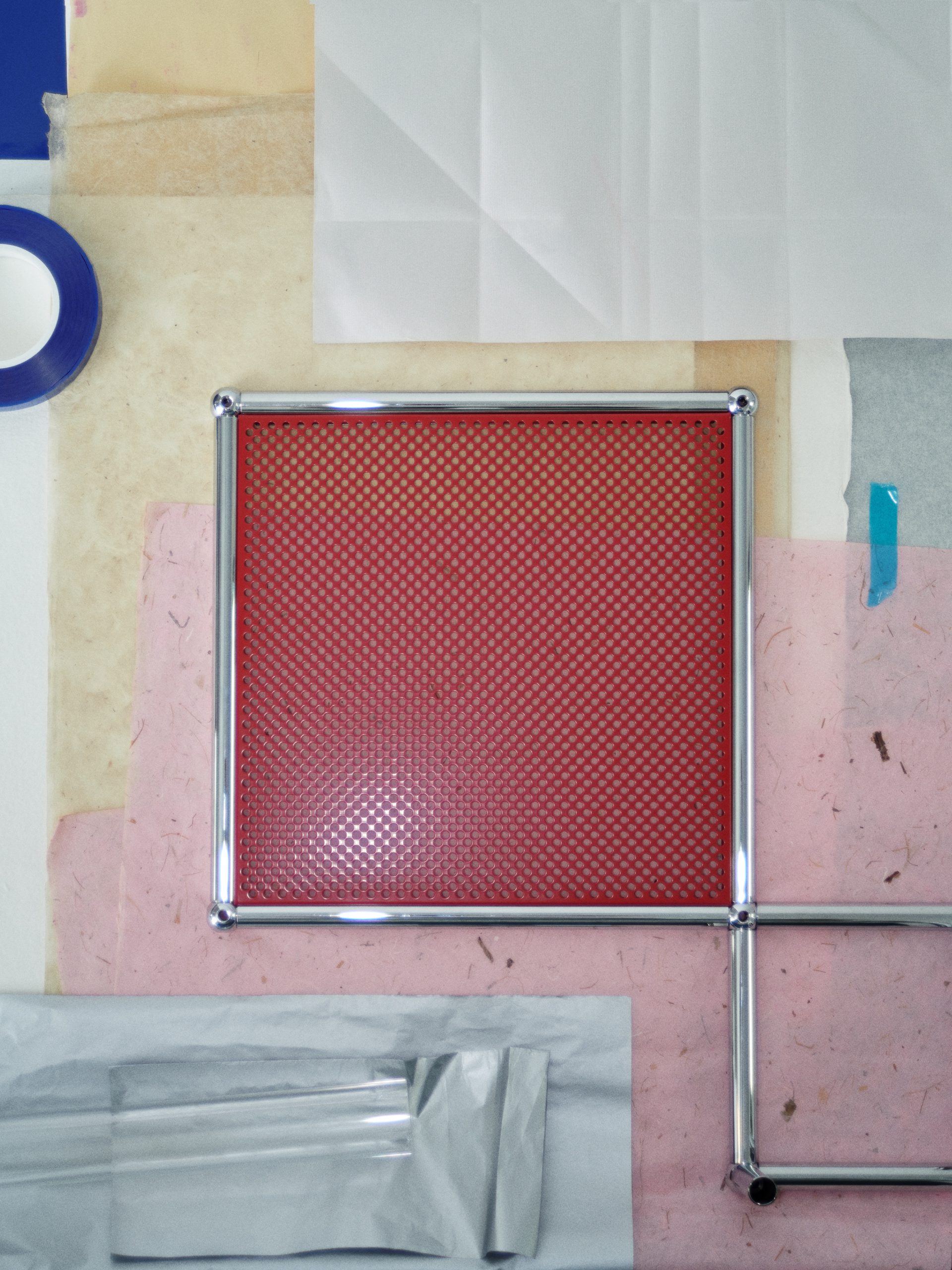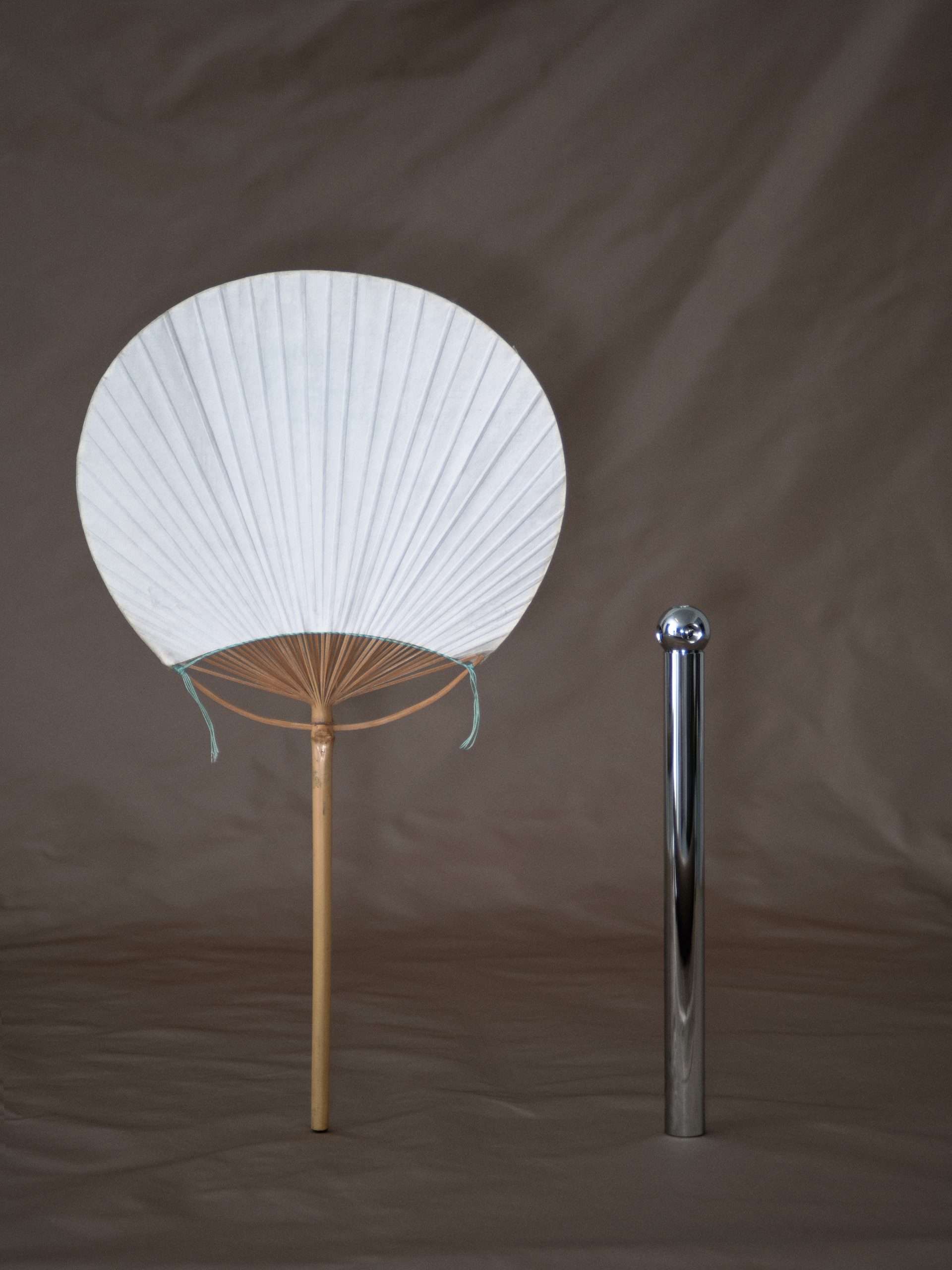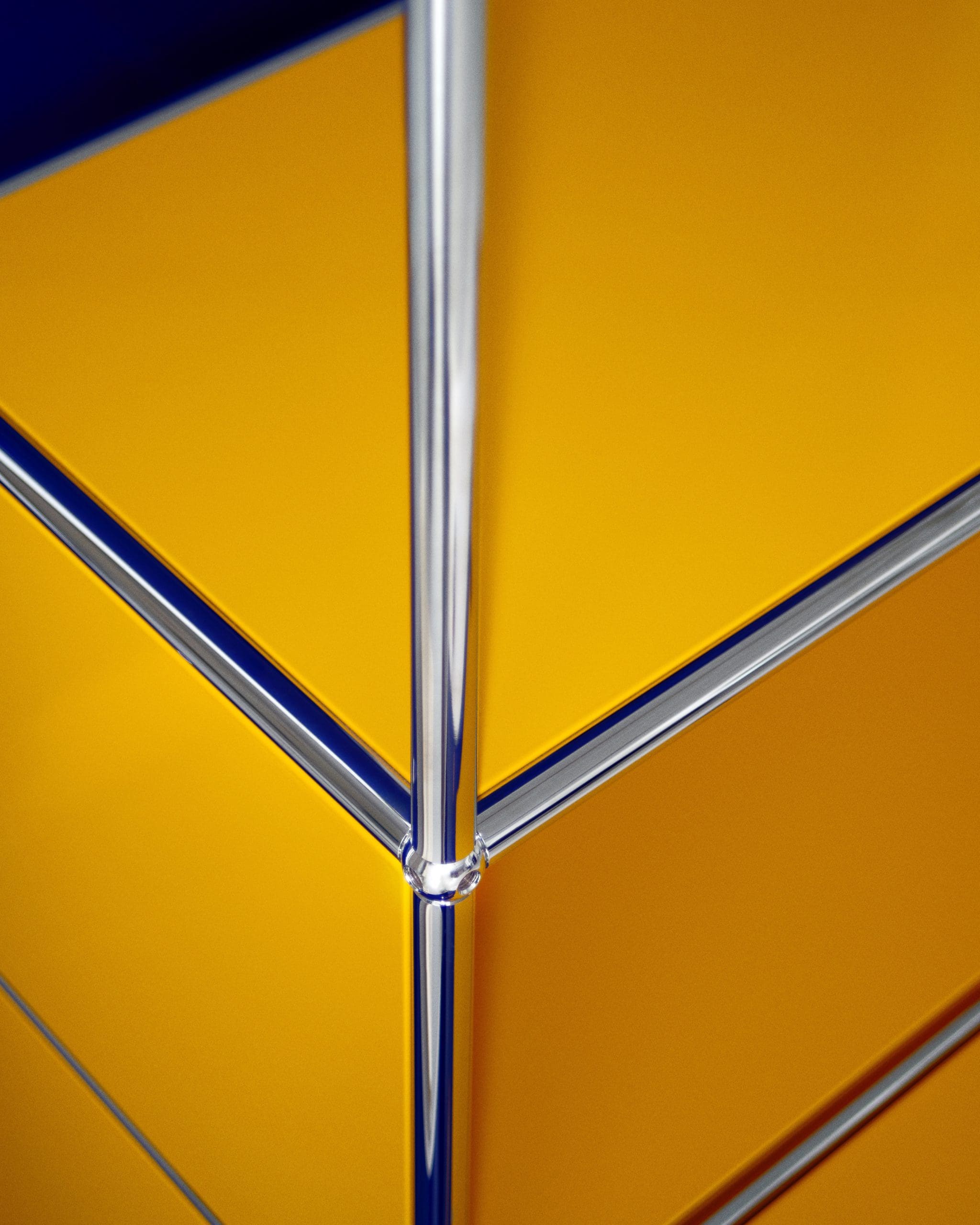There is something that unites moments of respite and emptiness, regardless of where and when they occur: they are often filled with repetition. It is as if the void in space and time – something we encounter less and less – is inextricably linked to an equal and opposite urge to maintain rhythm.
Even in the most idle of pauses, we find ourselves tapping a fingertip, keeping pace with a page, or following the ebb and flow of a wave.
Perhaps it has to do with balance, or with the lack of something to hold on to. It is when we start to lean forward that we take our first step. For the same reason, emptiness must be punctuated by something – be it images, gestures, or sounds.
In boredom, we begin to imagine; in emptiness, we begin to create. Everything else is merely a reshuffling of what we already have before our eyes and within our grasp.
Perhaps it was on a day of waiting and emptiness, more than 60 years ago, that Fritz Haller and Paul Schaerer began imagining how to give rhythm to space – drawing imaginary lines that would soon take shape and substance in a furniture system. When looking closely, the system is nothing more than an alternation of solids and voids, of lines and points – a binary alphabet capable of expanding and contracting with the elegance and natural flow of a fractal structure.
In the end, it all comes down to this: the simplicity of an ‘open’ modular system, the strength of a design that has spanned decades of history while remaining ever so contemporary. The essence of this project lies in its ability to become whatever each individual envisions. In an era when projects increasingly resemble their designers, embodying their personalities and theatrical presence, USM offers a language to be shaped freely. One can build a simple primary cube that functions as a storage unit or assemble the most complex of systems – starting from a small set of standardized elements.
Function, therefore, is a consequence of possibilities. And where there is freedom of movement, the unexpected can happen. At that point, form and function blur together: when structural synthesis is the foundation of a project, form is function.
This is where we encounter designs in which every element is necessary, and the final result possesses an intrinsic elegance – one that, in its simplicity and honesty, becomes the highest expression of grace and beauty.
The USM Haller has always been an alphabet, one that each person can articulate in their own way. And like all languages, it expands and contracts, enriches and evolves. Even today, on the occasion of its 60th anniversary and during Milan Design Week, USM is introducing a playful add-on to this icon – inviting visitors into immersive spaces to engage with the new product.
Through the use of colour, scale, sound, and texture, these dreamlike worlds will evoke wonder, flip reality, and provoke new ways of thinking about modularity. With every innovation, its possibilities grow, generating new opportunities.
In a world of objects constantly chasing after icons, where companies build narratives to uphold ideas that often lack solid foundations, USM continues to provide us with an alphabet to articulate, silently, the space and time of life as it unfolds.
